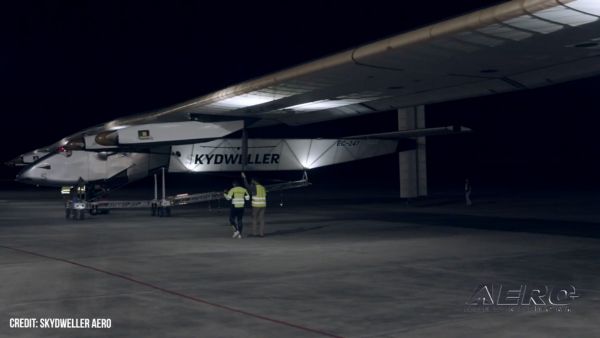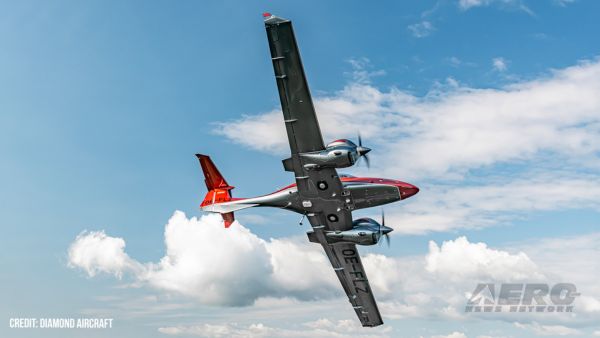Forecast Firm Says Military Training Is About To Boom
Military fixed-wing
trainer deliveries will rise steadily through this decade,
according to a market overview issued by Forecast International,
and will total 2,238 shipments worth $17.5 billion during the
2004-2013 timeframe. In light of the tactical aircraft re-equipment
cycle now under way by many major air arms, the need to address
some long-postponed trainer requirements is receiving new
impetus.
Quantitatively speaking, the US Navy/Air Force Raytheon T-6A
will be the most significant trainer during the next 10 years, with
693 deliveries projected for the U.S. services and export
customers. No other type comes close – the EADS Mako and BAE
Hawk, both advanced jet trainers, are expected to account for 260
and 250 shipments, respectively.
The newest market entry
is the EADS Mako, which has not yet flown. The Mako design will
offer a supersonic capability, and as the aircraft is still in the
development stage, it could be designed to dovetail with upcoming
requirements. Forecast International has projected the Mako to win
the anticipated Advanced European Jet Pilot Training (AEJPT)
competition, despite stiff competition from Aermacchi’s
M-346. The AEJPT contest is aimed at developing a common trainer
type for 12 nations which have been conducting joint studies
intermittently for about 10 years. About 150 aircraft would be
required should the AEJPT program go forward. As the Mako falls
under the EADS umbrella, it may be a tough candidate to unseat,
politically speaking.
The Korea Aerospace KT-1 turboprop and the same company’s
T/A-50 jet are both being marketed outside Korea, thus far without
success. The Sino-Pakistani HAIG/PAC team is another fairly recent
newcomer, and is developing the K-8 jet trainer for both
nations’ air forces.
Among the former Warsaw Pact manufacturers, Yakovlev and MiG
report very modest orders from the Russian Air Force, with the
MiG-AT also expected to be built in Poland to fill a trainer
requirement of that country. The Czech Republic’s Aero
Vodochody is locked in a dispute with Boeing, which bought into
Aero several years back, over marketing issues with the L-159. That
aircraft has yet to post its first export sale and its future
appears far from bright.
Forecast International aviation analyst Bill Dane believes that
the next generation of advanced jet trainers will almost certainly
be products of joint ventures. The T-38 and Hawk replacements will
be designed for pilots who must transition to combat jets with
performance never before seen.
According to Dane, "No
single company could afford to develop such a trainer because of
the limited and protected market: those countries that develop and
subsequently purchase the next-generation fast combat aircraft." He
further notes that the shrinking force structures of Europe and
America may compel nations to cooperate on the next-generation
advanced jet trainers.
In the years ahead, manufacturers seeking to carve out a
respectable share of this market will also have to weigh the cost
of incorporating a light attack capability into their candidate
aircraft for a broader market appeal against offering a
competitively priced design which will adequately meet a given air
arm’s training needs.
Forecast International is projecting EADS to dominate this
market with a 22 percent market share on sales of $4.8 billion. The
pan-European manufacturer will be trailed by Raytheon, BAE Systems,
and the Korea Aerospace/Lockheed team.
 Unfortunate... ANN/SportPlane Resource Guide Adds To Cautionary Advisories
Unfortunate... ANN/SportPlane Resource Guide Adds To Cautionary Advisories ANN FAQ: Turn On Post Notifications
ANN FAQ: Turn On Post Notifications ANN's Daily Aero-Term (04.29.24): Visual Approach Slope Indicator (VASI)
ANN's Daily Aero-Term (04.29.24): Visual Approach Slope Indicator (VASI) ANN's Daily Aero-Term (04.28.24): Airport Marking Aids
ANN's Daily Aero-Term (04.28.24): Airport Marking Aids ANN's Daily Aero-Linx (04.28.24)
ANN's Daily Aero-Linx (04.28.24)


